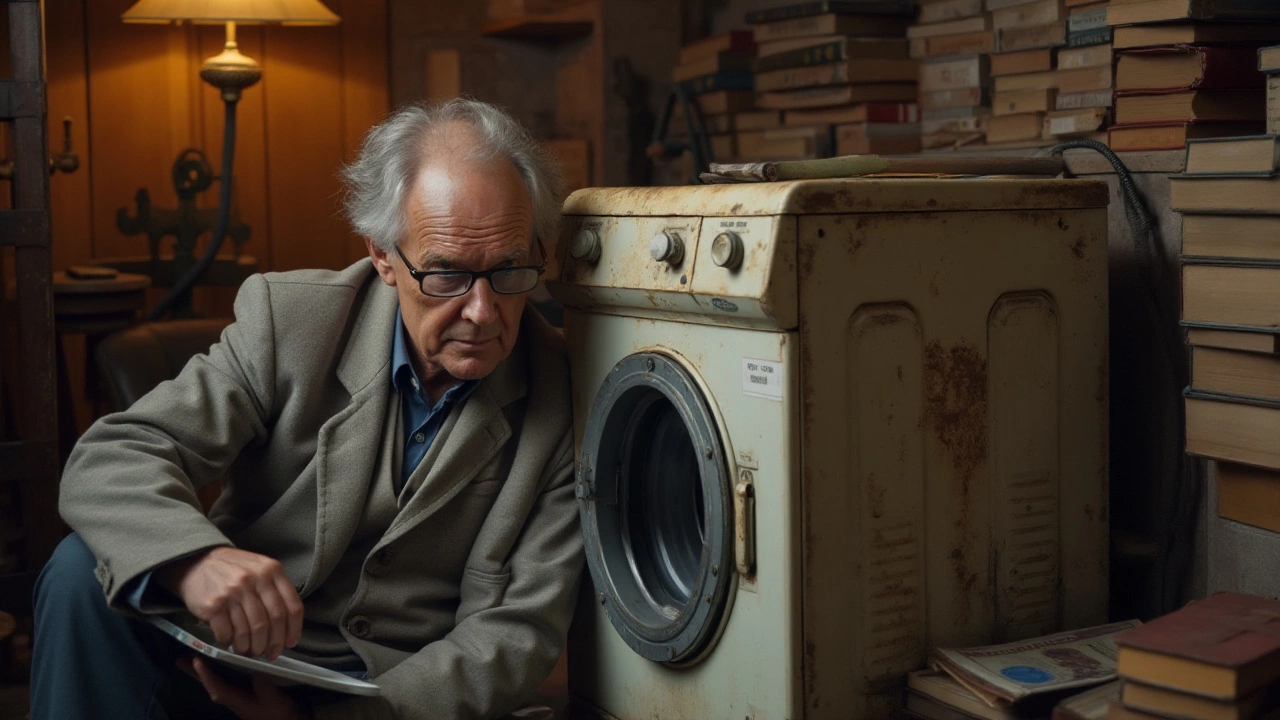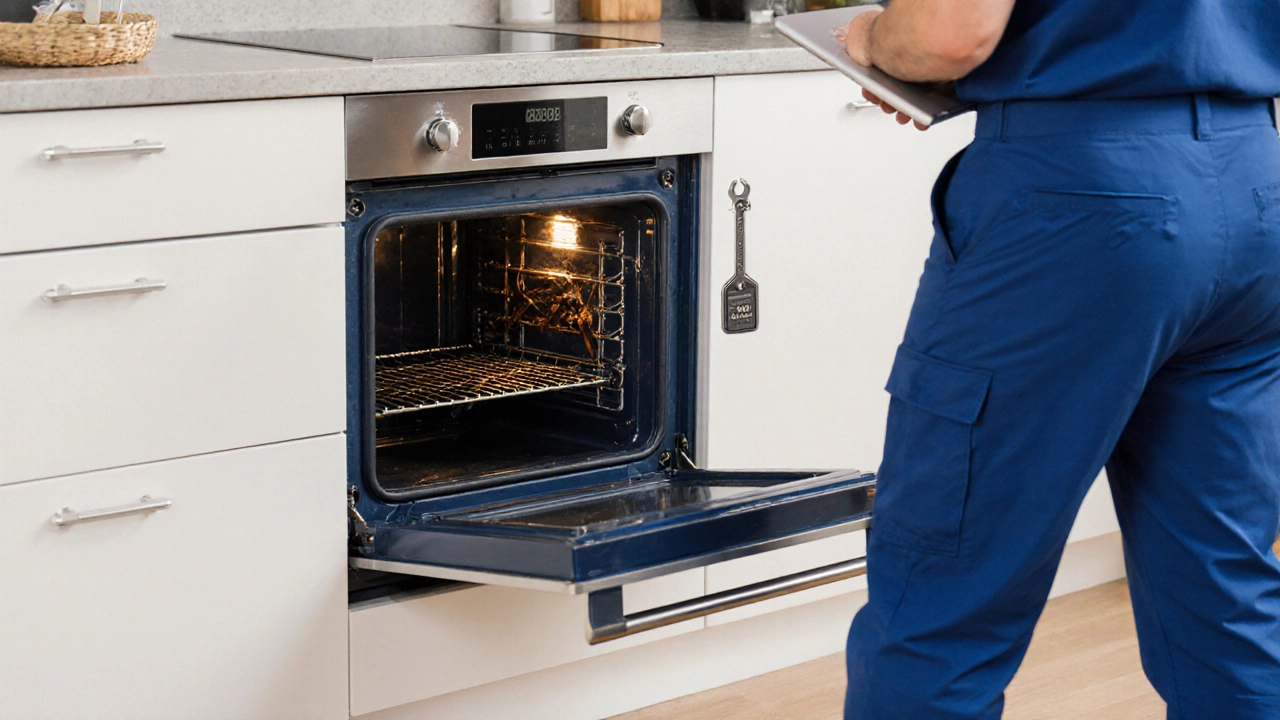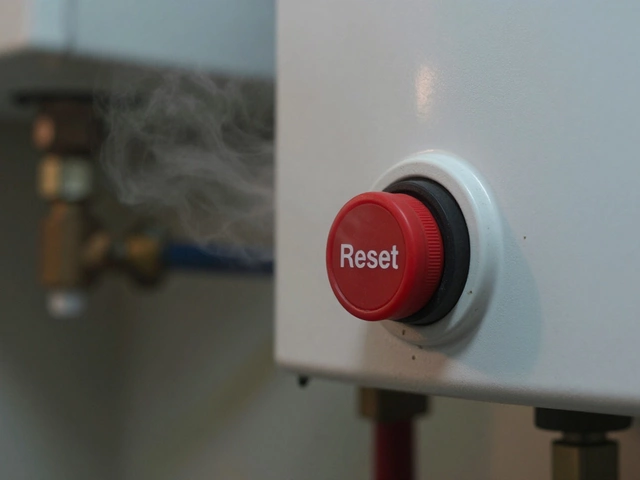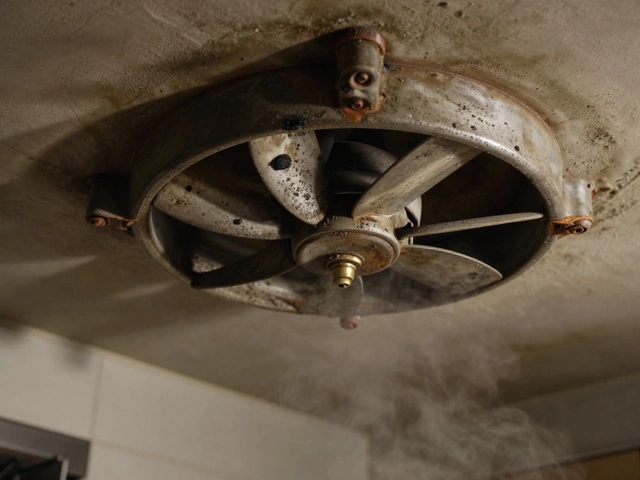Every household appliance has its moments of rebellion, and your dryer is no exception. It can huff and puff its way into the laundry room hall-of-fame when it refuses to dry even a single sock. Facing the dilemma of whether to repair or replace it can make you feel like a contestant on a game show, with no lifeline left.
Before you throw in the towel—perhaps quite literally—consider a few critical aspects. Is your dryer just out of its teenage years? Are repair costs comparable to a luxury weekend getaway? Perhaps you can add some shine to your fix-it-yourself skills and tackle minor hiccups. This piece takes you through these very considerations, ensuring your decision is as sound as the drum in a new machine.
- Signs Your Dryer Needs Repair
- Cost Analysis: Repair vs. Replace
- DIY Dryer Troubleshooting Tips
- Maximizing Your Dryer's Lifespan
Signs Your Dryer Needs Repair
Your dryer is one of those unsung heroes of the household. When it starts showing symptoms of distress, recognizing these early signs can save you a lot of hassle down the line. Here are some common indicators that your appliance might be due for some attention.
Strange Noises
If your dryer begins to sound like a rock band tuning up, it might be time to perform an inspection. Unusual noises could signify worn-out bearings, a loose drum, or a broken belt. Regular maintenance can sometimes nip these issues in the bud before they escalate into a costly repair.
Longer Drying Times
Is your dryer taking longer to finish a cycle than it takes for paint to dry? This could hint at a clogged vent or lint filter. While some blockages can be cleared with a bit of DIY, persistently sluggish performance might require professional appliance repair.
Overheating
A dryer that becomes excessively hot is not just a concern for your garments, but also a potential fire hazard. This might be the result of a faulty thermostat or heating element. A proper inspection by a technician is advisable if you notice your dryer is running hot to the touch.
Failure to Start or Stop
Occasionally, hitting the start button and getting no response can be as frustrating as watching a kettle boil. This could be due to electrical problems, faulty door switches, or a control board issue. Conversely, if your dryer stops mid-cycle, it could indicate a motor problem.
| Issue | Possible Cause |
|---|---|
| Not heating | Blown fuse or heating element |
| Making noise | Worn drum rollers or belt |
| Excessive vibrations | Imbalanced drum or worn bearings |
Spotting these dryer repair indicators early can prevent a minor disorder from growing into a full-blown catastrophe. By staying informed and acting fast, you potentially extend the lifespan of your appliance while keeping your clothes fluffier than ever.
Cost Analysis: Repair vs. Replace
When confronted with a malfunctioning dryer, the decision to repair or replace it can often feel like walking a tightrope. A well-rounded cost analysis involves considering several crucial factors that go beyond just the upfront expense. Understanding these can lead you to a financially astute decision that aligns with your household's needs.
1. Assessing the Age of Your Dryer
The lifespan of a typical dryer hovers between 10 to 13 years, depending on the make and model. If your dryer is nearing a decade, replacement rather than dryer repair might be the more cost-effective route. Newer models offer improved energy efficiency, which might save you money in the long run.
2. Evaluating Repair Costs
On average, dryer repair costs range between $100 to $450, primarily dictated by the problem at hand. Here’s a brief rundown of common repairs and their costs:
| Repair Type | Average Cost (USD) |
|---|---|
| Thermostat Replacement | $150 |
| Heating Element Replacement | $200 |
| Drum Motor Replacement | $300 |
| Control Board Repair | $350 |
If repair estimates exceed half the cost of a new dryer, a replacement is likely the more economical choice.
3. Future-Proofing: Energy Efficiency
Newer dryers, especially those with an Energy Star label, use up to 20% less energy than standard models. Although the upfront cost appears higher, these machines can significantly reduce your electricity bills over time. It's an investment that pays dividends in sustainability and cost savings.
4. Frequent Breakdowns: A Warning Sign
Is your dryer starting to feel like a frequent flyer at the repair shop? Chronic issues can signal the end of its useful life. It might be time to invest in a new machine rather than continuing a potentially costly cycle of repairs.
Ultimately, the choice between fixing your current dryer or purchasing a new one should be guided by a combination of factors: repair costs, the machine's age, and potential savings from enhanced energy efficiency. As you deliberate, remember that each household and dryer situation is unique, so tailor your decision to match your personal circumstances.

DIY Dryer Troubleshooting Tips
Nothing spells independence quite like taking charge of your own appliance repair. If you're scratching your head wondering why your trusty machine isn't doing its job, these dryer repair tips might just save you a service call. Tackling simple troubleshooting can keep your laundry cycle on spin and your wallet in check.
1. Strange Noises? Check the Drum and Belt
If your dryer sounds like it's hosting a rock concert, it might not be a cause for panic. Odd clunks and thuds are usually signs of a worn-out belt or obstructed drum. Start by unplugging the unit (safety first!) and manually turning the drum. If there's resistance, check for foreign objects lodged in the drum seam and inspect the belt for wear and tear. Replacing a drum belt, generally costing around $20, can often do the trick.
2. Clothes Taking Forever to Dry?
Before you lament a mountain of damp clothes, consider the possibility of a clogged vent. A blocked vent not only prolongs drying times but also puts your home at risk for fires. A dryer vent brush can help you clear out the buildup. If the lint filter is clean, the next stop should be the vent hose itself. Simple seasonal check-ups can ensure smooth operations.
3. Dryer Won't Start?
Encountering a stubborn machine that won't power on? Ensure the simple things first: a secure plug connection and a functional circuit breaker. Still facing troubles? The culprit might lie within the door switch or the thermal fuse. Using a multimeter to test these components can help identify whether they need replacing.
Dryer Efficiency Tip
Adding an extra spin cycle on your washing machine can expel additional water, reducing drying time and keeping your appliance maintenance down.
| Common Issue | Probable Cause | DIY Fix |
|---|---|---|
| No Heat | Thermal Fuse Blown | Replace Fuse |
| Loud Noise | Drum Roller Worn | Replace Roller |
| Drum Not Spinning | Belt Broken | Replace Belt |
These simple, at-home fixes not only allow you to take charge but can significantly extend your dryer's life. Embrace your inner mechanic and keep your laundry days running smoothly while saving a pretty penny along the way.
Maximizing Your Dryer's Lifespan
Every dryer harbors the potential to outlive its expected years with a little tender love and care. Adopting some straightforward maintenance routines can not only save you from costly dryer repair bills but can also improve your machine's efficiency.
Regular Cleaning and Maintenance
One of the simplest yet most effective ways to extend your dryer's life is by maintaining a regular cleaning schedule. Always remove lint from the lint trap after every load. Lint buildup isn't just a fire hazard; it can also strain the dryer as it struggles to push air through the vent.
Dealing with Vents and Ducts
Monthly, check the dryer vent—where the air exits your home—for obstructions or lint accumulation. A blocked vent can lead to overheating and possibly wear out parts over time. To keep your appliance maintenance on point, consider hiring a professional to conduct an annual exhaustive duct cleaning.
Balanced Loads Make Happy Machines
It might be tempting to dump an entire basket of laundry into your dryer all at once, but doing so regularly can increase the wear and tear on the drum and motor. Instead, opt for balanced loads that ensure even drying and reduce mechanical stress.
Check the Small Things
Periodically inspect the dryer's power cord and plug for signs of wear. These are easy fixes you can handle but can prevent significant issues down the line.
Professional Maintenance Checks
Even with the best DIY efforts, sometimes you need an expert's touch. Schedule a professional maintenance check every one to two years. A well-trained technician can spot and resolve potential future issues, giving your machine the extra mile it deserves.
| Task | Frequency |
|---|---|
| Clean Lint Trap | After every use |
| Inspect and Clean Vents | Monthly |
| Professional Duct Cleaning | Annually |
| Professional Maintenance Check | Every 1-2 years |
Remember, a dryer, much like an old friend, holds up its end of the bargain better when it's well-cared for. So, carry out these straightforward steps and squeeze countless cycles out of your dryer before needing to consider any serious fixing dryer activities.





